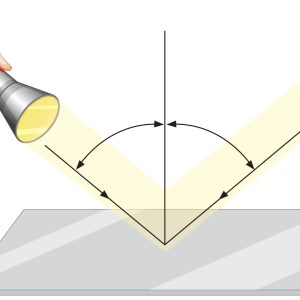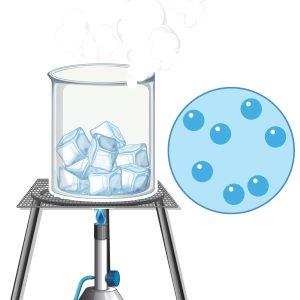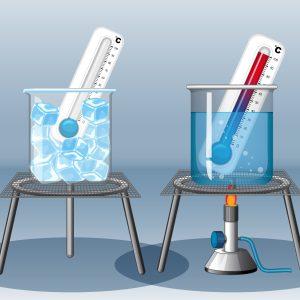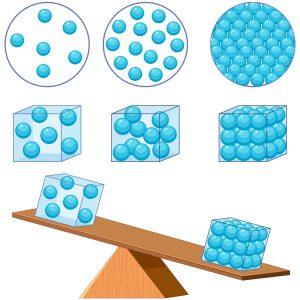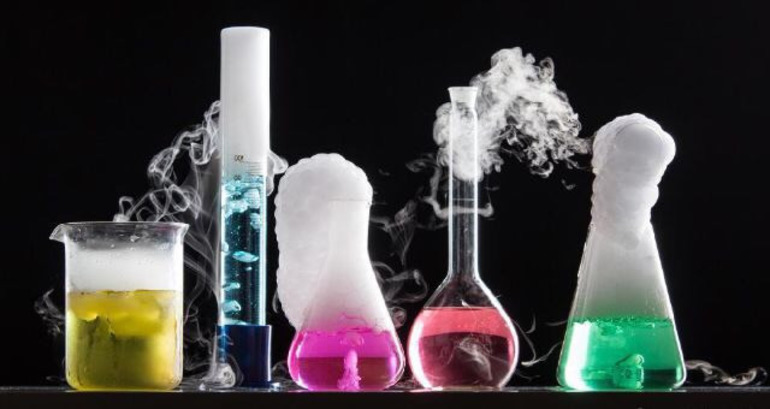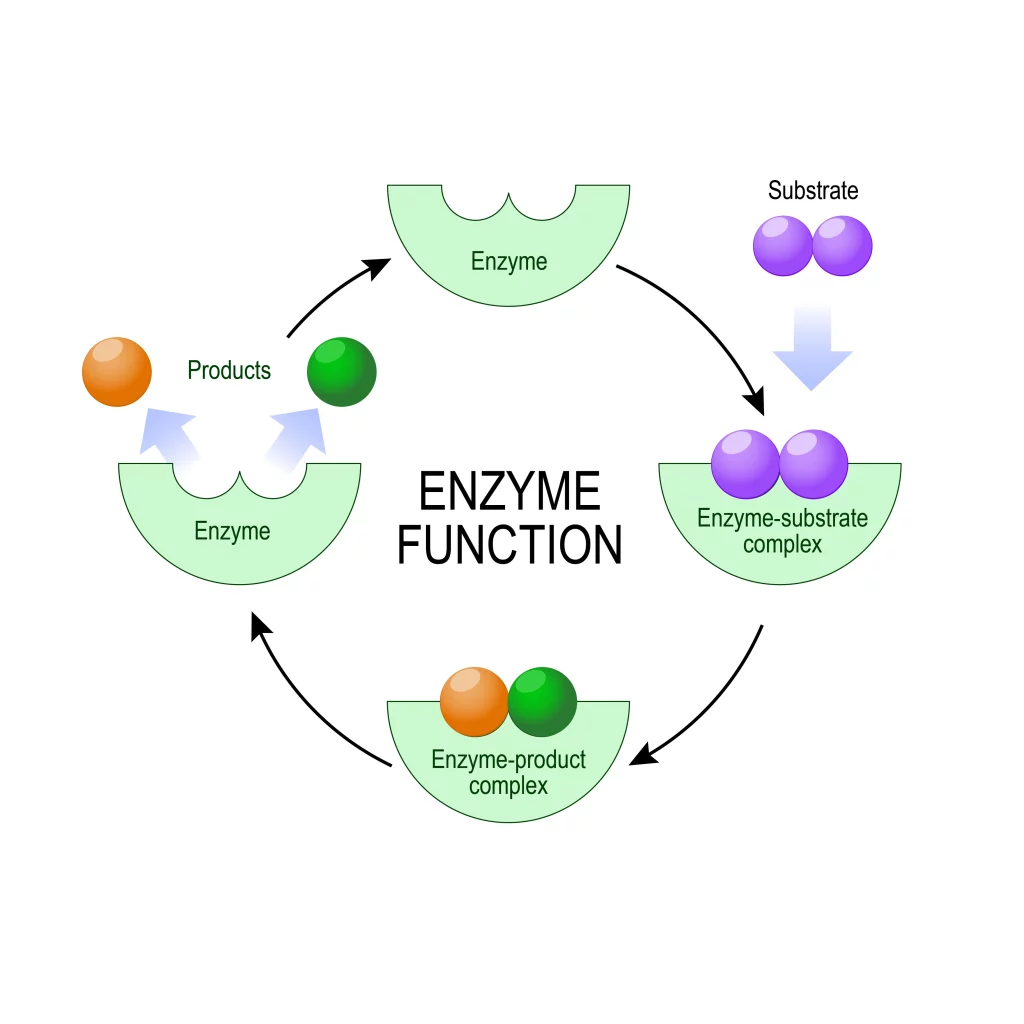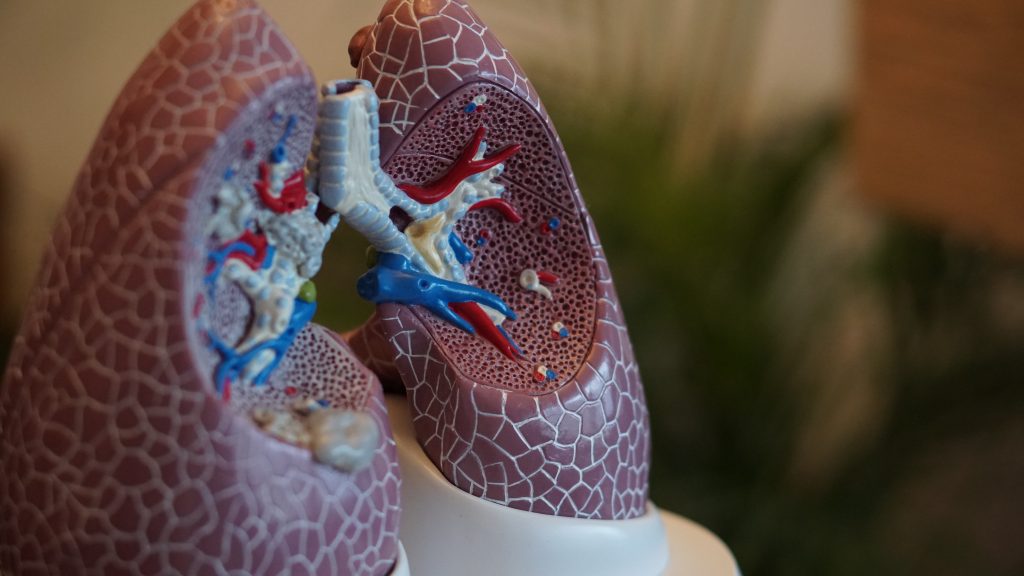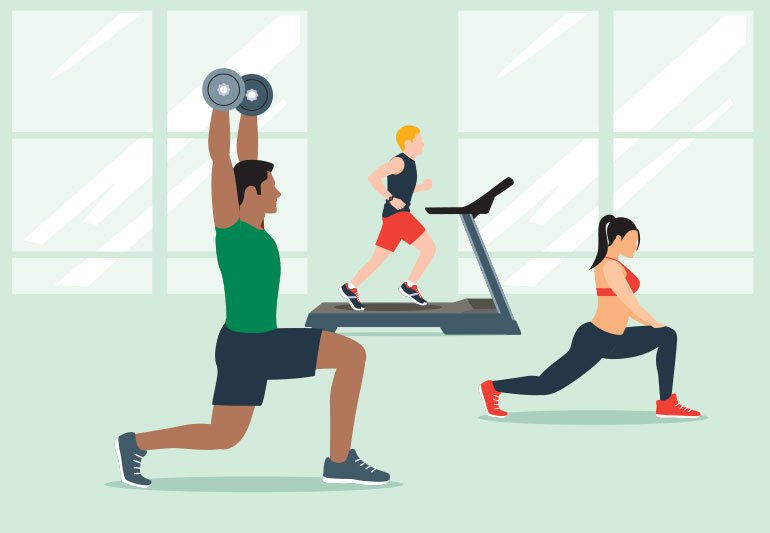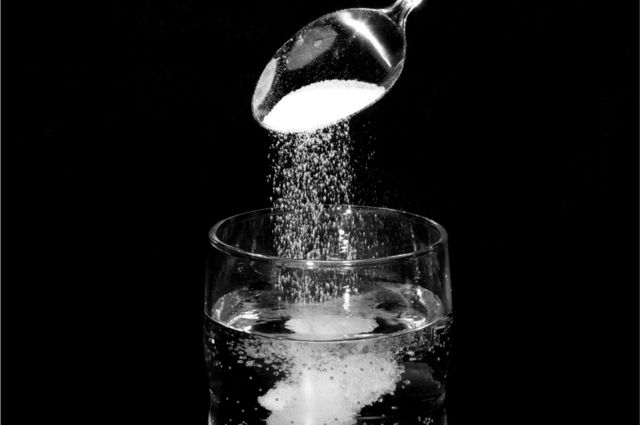Laboratory work № 11 “Determining the focal length and optical power of a thin lens”
In this laboratory activity, students can determine the focal length of a thin lens. Using the formulas they can calculate the optical power of the lens. Long-term plan section Subsections of the standard curriculum (SES) Learning objectives Light phenomena Laboratory work №11 “Determination of the focal length of a thin lens” 8.5.1.14 determine the focal length and optical power of the lens; 8.1.3.3 know and observe safety precautions in the physics room
Laboratory work № 11 “Determining the focal length and optical power of a thin lens” Read More »

